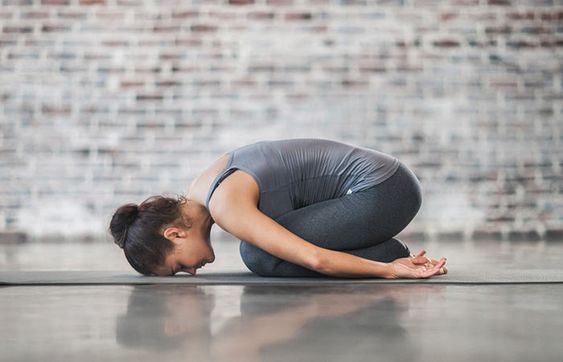Introduction:
In today's fast-paced world, stress has become an all too common companion. Demands at work, family responsibilities, and the constant pressure to do more can leave us feeling overwhelmed and mentally drained. While stress is a natural part of life, finding healthy ways to manage it is essential for our overall well-being. That's where relaxation exercises come in.

Relaxation exercises are techniques that help quiet the mind, ease tension in the body, and reduce the harmful effects of stress. They work by slowing down your heart rate, lowering your blood pressure, and promoting a sense of calm and control. Whether you're a busy professional, a student facing exams, or simply looking for ways to unwind after a long day, incorporating relaxation exercises into your daily routine can make a world of difference.
Breathing Exercises for Relaxation
One of the simplest yet most effective ways to relieve stress is through conscious breathing. When we're stressed, our breath tends to become shallow and rapid. Breathing exercises help to slow down and deepen our breath, signaling to our body that it's time to relax.
Here's a simple breathing exercise to try:
- Find a comfortable seated or lying down position.
- Close your eyes if you feel comfortable.
- Inhale slowly and deeply through your nose, filling your lungs with air.
- Hold your breath for a count of four.
- Exhale slowly and completely through your mouth.
- Repeat this cycle for 5-10 minutes, focusing your attention on your breath.
Progressive Muscle Relaxation
Progressive muscle relaxation is a technique that involves systematically tensing and relaxing different muscle groups in your body. This process helps you become more aware of physical tension and promotes a deep sense of relaxation.
How to practice progressive muscle relaxation:
- Find a quiet and comfortable place where you won't be disturbed.
- Close your eyes and take a few deep breaths.
- Starting with your toes, consciously tense the muscles in your feet, squeezing as tightly as you can. Hold the tension for 5 seconds.
- Release the tension in your feet, noticing the feeling of relaxation.
- Move up to your calves, tensing and holding for 5 seconds before releasing.
- Continue this process, working your way up your body, tensing and relaxing each muscle group.
Visualization for Stress Reduction
Visualization is a powerful relaxation technique that involves using your imagination to create calming and peaceful mental images. By focusing on positive imagery, you can shift your thoughts away from stressors and induce a state of relaxation.
To practice visualization:
- Find a comfortable position and close your eyes.
- Take a few deep breaths, inhaling calmness and exhaling tension.
- Imagine yourself in a peaceful and serene setting. It could be a beach, a forest, or any place that brings you a sense of tranquility.
- Engage all your sense as you visualize this place. What do you see, hear, smell, feel, and taste?
- Spend a few minutes lost in this calming imagery, allowing yourself to fully relax.





